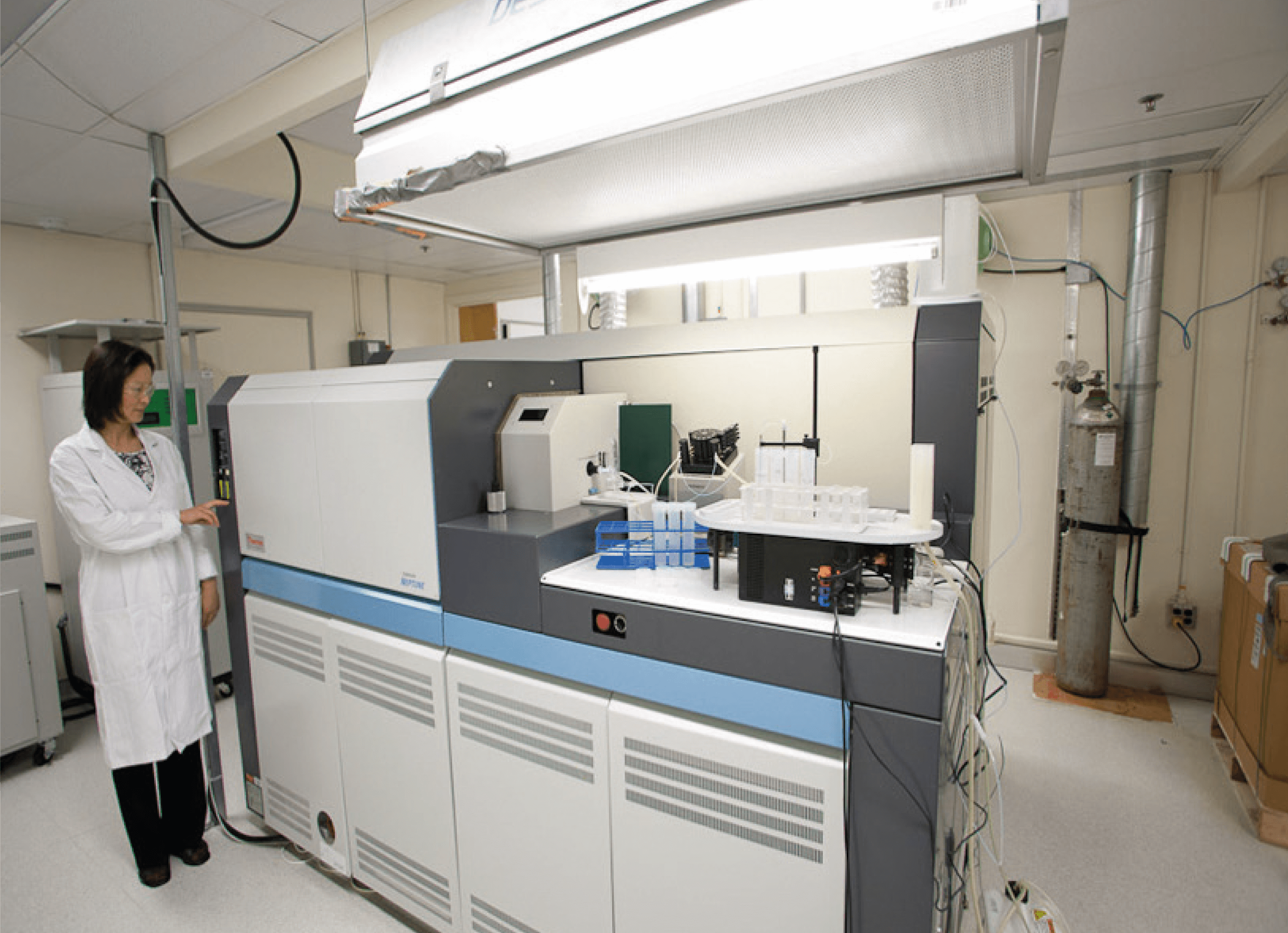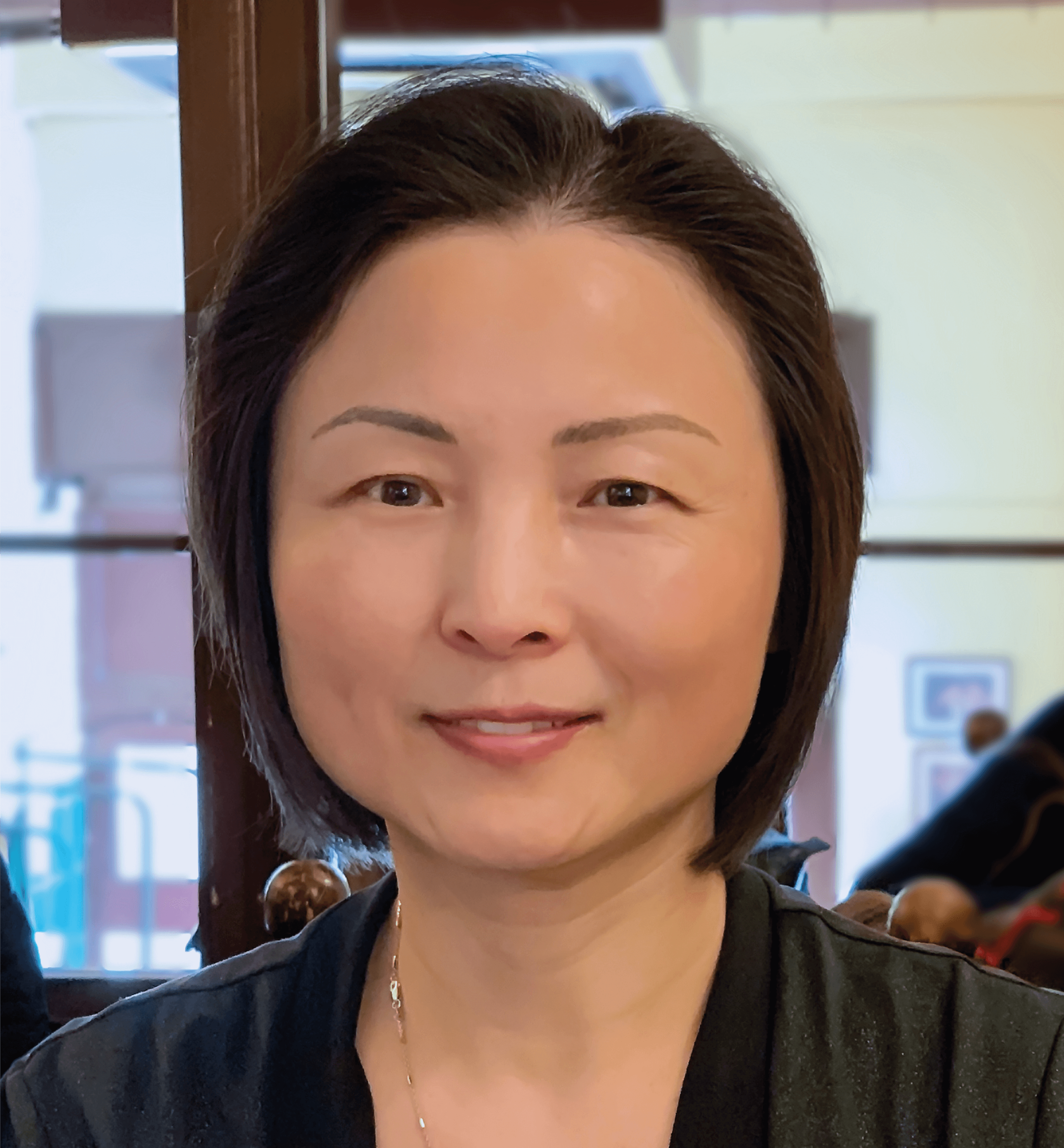
Currently as a Senior Research Officer at the National Research Council Canada (NRC), I’ve conducted leading research in inductively coupled plasma MS (ICP-MS) and multicollector (MC)-ICP-MS for over 20 years.
My main responsibilities in this role? Development of MC-ICP-MS for the accurate and precise isotopic characterization of materials for Certified Reference Materials (CRMs) purposes (including study of mass bias and mass bias corrections), representing the NRC in participating Consultative Committee for Amount of Substance (CCQM) intercomparisons to demonstrate the measurement capabilities of Canada, and – of course – communication of our findings via the usual channels – publications and conference presentations! Beyond the NRC, I also act as an editorial board member for the Journal of Analytical Atomic Spectrometry.

One is determining the atomic weight of 28Si-enriched silicon to give a revised estimate for the Avogadro constant (1) – an international endeavour involving a few national metrology institutes, with the aim of determining the Planck constant and supporting redefinition of the kilogram.
Another was the use of MC-ICP-MS with the regression mass bias correction model to determine osmium isotope measurements (2); osmium isotope ratio measurements are somewhat complicated by severe memory effects, and our method provided the first calibrated measurements since 1937! Our results have also been adopted by IUPAC as the best available isotopic composition measurements – as is also the case for our results using a regression model and full gravimetric isotope mixture model for isotopic measurements of lead (3).
I also played a key role in determining the calibrated isotope ratio measurements of iridium (4) and hafnium (5), recently. I’m very proud and happy to be able to say that I made such vital contributions to determining these standard atomic weights. As we chemists are aware, such measurements are necessary for the conversion of mass fractions to moles, underpinning a great deal of our chemical knowledge.
Both thermal ionization MS (TIMS) and MC-ICP-MS can be used to conduct high-precision isotope measurements. In the past decade, however, applications of MC-ICP-MS have increased significantly, owing to simple sample introduction, high ionization efficiency, and high sensitivity. Thus, in spite of the greater (approximately ten times greater) mass bias exhibited by MC-ICP-MS versus TIMS and subsequent need for correction, we at the NRC chose to apply MC-ICP-MS for our isotope ratios measurements.
At the moment, we’re applying the technique alongside a regression model to verify early isotopic CRM measurements – which may be subject to questions regarding their quality and validity – and are planning to further develop high-precision and high-accuracy measurement methods for other elements that lack calibrated isotope measurements or standards.

We have witnessed the rise of MC-ICP-MS for isotope ratio acquisition in a wide range of fields, from archeology to provenance studies, medical science, nuclear and forensic sciences, geoscience, and studies of the environment. Over the next 10 years, I anticipate an explosion of these applications, particularly in medical and environmental fields. Regarding the advances needed? A full understanding of mass bias in MC-ICP-MS would be a strong start.
Though mass-dependent fractionation is widely acknowledged, the reporting of mass-independent fractionation for some elements – which has a huge impact on mass bias correction models – indicates a need for improved understanding. The development of Si-traceable isotopic standards and state-of-the-art correction models is needed to push this area of metrology forward – alongside suitable instrumental advances!
I always enjoyed cooking, but only got seriously invested in it after my son Maomao (a popular Chinese nickname, meaning “sweetie” in English) was born over 20 years ago. He was a very fussy eater and I had to create a lot of different recipes to please him. Given his name, my nickname soon became “MaomaoMom”… And this later became the name of my cooking blog, which I started to share my recipes after a friend suggested I should.
Though the blog began in Wenxuecity, it quickly became popular among overseas Chinese, and I started my own website (Maomaomom.com) with the help of another friend in 2011. I’ve received many compliments on my dishes over the years, and today the website has over 43 million views! I’ve also published a number of books (electronic and hardback) and was interviewed by the Canadian Broadcasting Corporation Radio’s All in a Day host, Alan Neal, and producer, Christine Maki, about the channel in November 2019.
Definitely a balance – to provide accurate and easily followed recipes for my fans.
In fact, there are a number of similarities in my approach to cooking and chemistry; for example, I might repeat cooking of a dish a small number of times with altered ingredient weights until I reach (as I’d say in the lab) optimal conditions. At the end of the day, I guess I’m essentially conducting experiments in either setting!

References
- L. Yang, Z. Mester, R. E. Sturgeon and J. Meija, Anal. Chem., 2012, 84, 2321-2327.
- Z. Zhu, J. Meija, S. Tong, A. Zheng, L. Zhou and L. Yang, Anal. Chem., 2018, 90, 9281-9288.
- S. Tong, J. Meija, L. Zhou, B. Methven, Z. Mester and L. Yang, Anal. Chem., 2019, 91, 4164−4171.
- Z. Zhu, J. Meija, A. Zheng, Z. Mester and L. Yang, Anal. Chem., 2017, 89, 9357-9382.
- S. Tong, J. Meija, L. Zhou, Z. Mester and L. Yang, Metrologia, 2019, 56, 044008.




